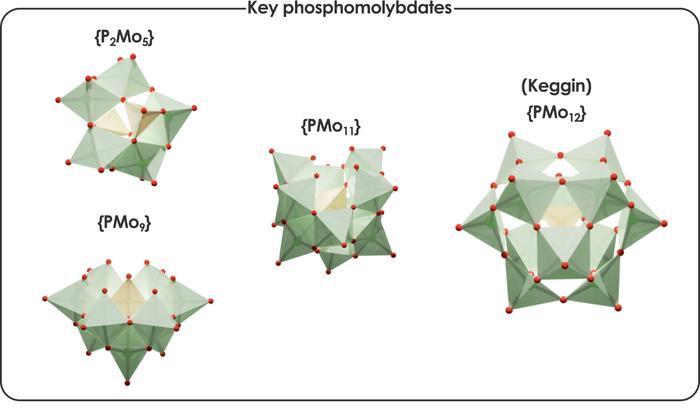Researchers from the group of Prof. Carles Bo, at the Institute of Chemical Research of Catalonia (ICIQ-CERCA), have described a computational methodology that simulates complex processes involving different chemical species and diverse conditions. These processes lead to the formation of nanostructures called polyoxometalates (POMs), with important applications in catalysis, energy storage, biology and medicine.
Researchers from the group of Prof. Carles Bo, at the Institute of Chemical Research of Catalonia (ICIQ-CERCA), have described a computational methodology that simulates complex processes involving different chemical species and diverse conditions. These processes lead to the formation of nanostructures called polyoxometalates (POMs), with important applications in catalysis, energy storage, biology and medicine.
“Our group has recently developed unique methods to study the chemistry of polyoxometalates in solution, their speciation and formation mechanisms. This research has the potential to discover the experimental conditions needed to make new materials.” as explains Prof. Carles Bo.
The versatile POMs
Researchers can now predict the effect of these factors and the suitable conditions to produce one specific species of POM, employing statistical methods that facilitate the efficient and scalable processing of numerous speciation models and their corresponding systems of non-linear equations. This is important as the first key application of these nanostructures is related to catalysis, where POMs are known to accelerate several important reactions. For example, using these simulations it is possible to describe the suitable conditions that lead the production of a species of POM responsible to catalyse CO2 fixation.
POMSimulator
The group of Prof. Bo has presented an open–source software package named POMSimulator that helps in understanding the formation mechanisms of POMs. By releasing a public version of the code, the researchers aim to provide a tool for complementing the discovery of novel POMs. Moreover, having an accessible version of the code means that other researchers can modify the source code based on their needs.
The methodology now presented is a more robust version of this POMSimulator that provides new and valuable insights into the distribution of species under different chemical conditions, thereby enriching the knowledge of complex systems speciation.
“In the times of Big Data, Machine Learning and Artificial Intelligence, it is crucial to use every bit of information in our hands. Our work has taken POMSimulator to the next level of data usage.” said by Jordi Buils, first author of this work and PhD student at Prof. Carles Bo group.
This new approach has been published in Chemical Science, the Royal Society of Chemistry’s peer-reviewed flagship journal, and it has been selected as a Chem Sci Pick of the Week, a way to highlighting the cutting-edge work published in the journal.
Journal
Chemical Science
DOI
10.1039/D4SC03282A
Method of Research
Computational simulation/modeling
Subject of Research
Not applicable
Article Title
Computational Insights into Aqueous Speciation of Metal-Oxide NanoClusters: An In-Depth Study of the Keggin Phosphomolybdate
Article Publication Date
14-Aug-2024





